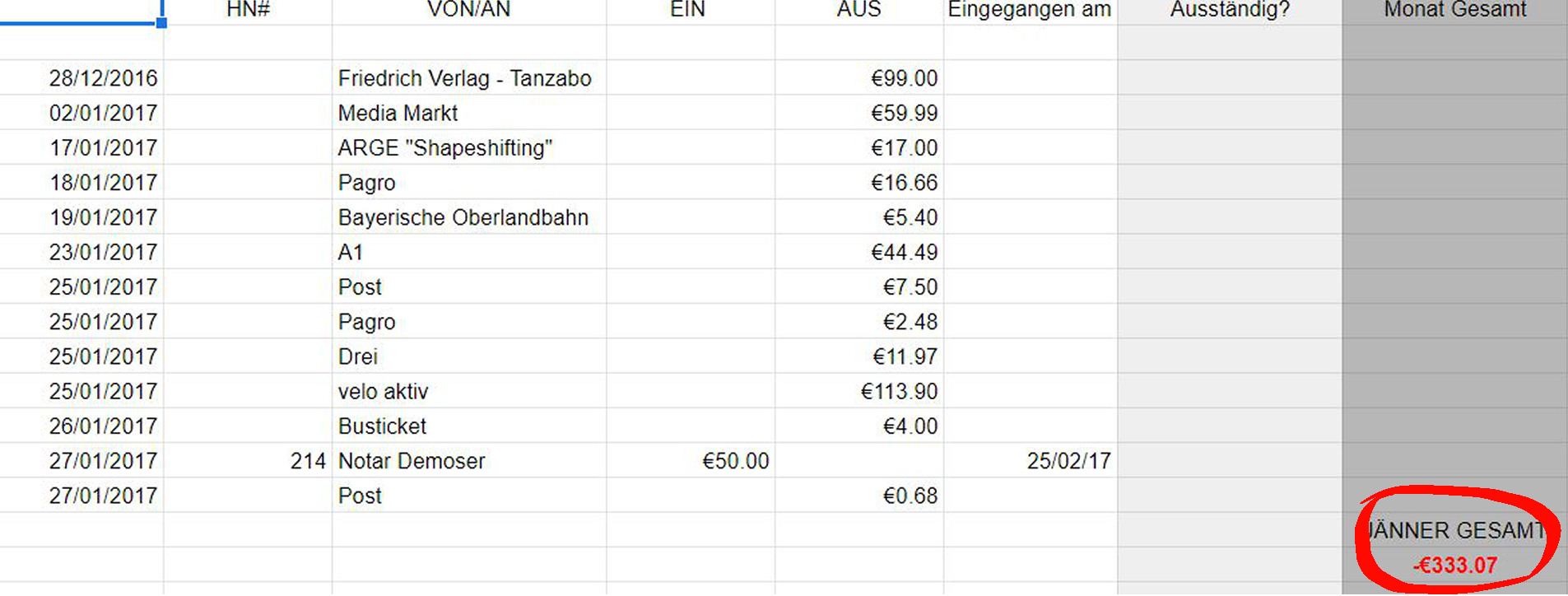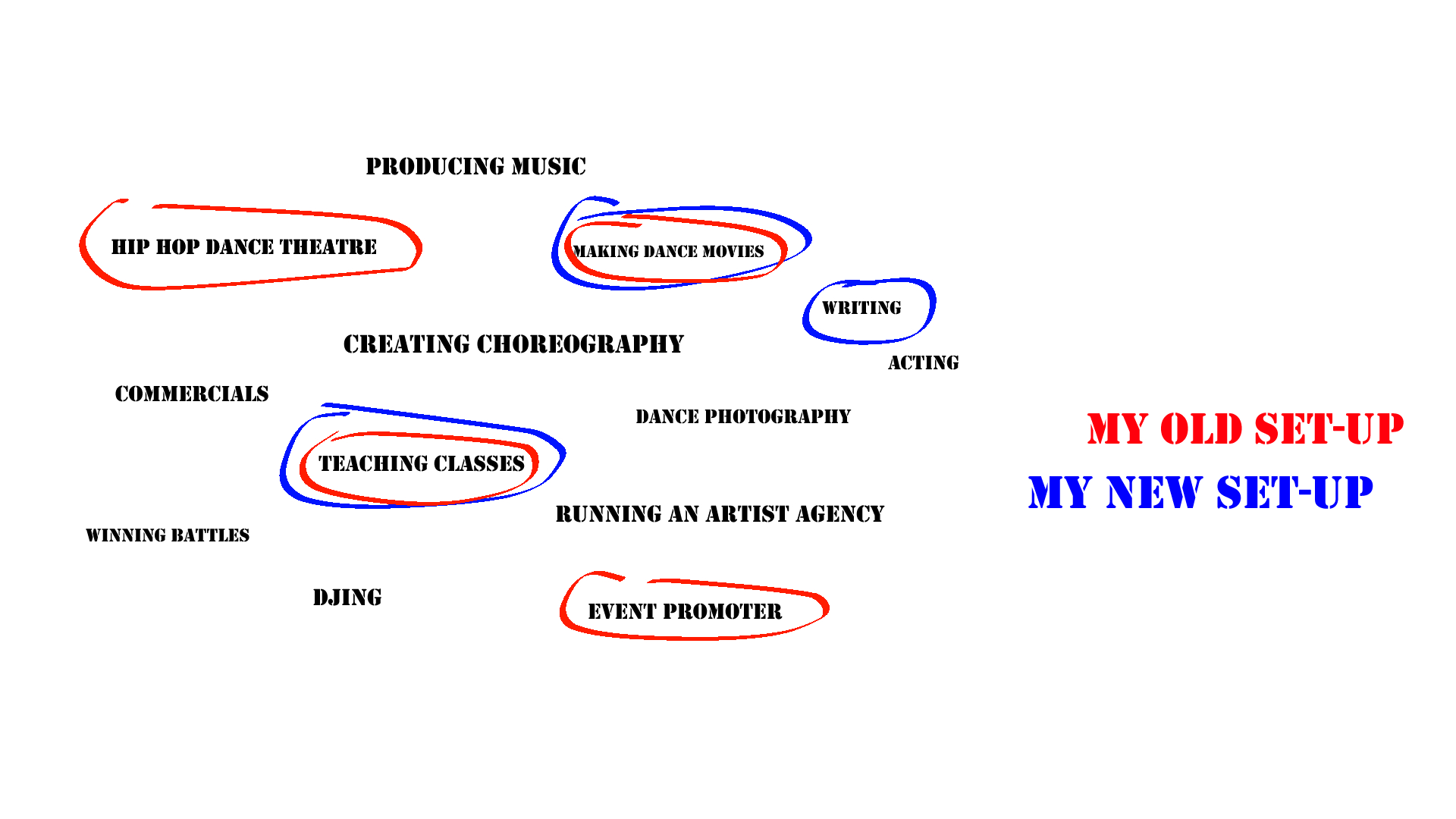Yesterday I posted an article about how to plan your business when we only talk about the numbers. It was all about mapping out the road in front of you considering the financial side of things. We need to think about these points to estimate how we price our shows, products or dance classes.
Mike, the CEO of Rookies at Work, gave me the feedback that I might consider some things in the process to be self-explanatory when in reality they are not. I reread the post and have to say he is right.
Especially when I say “calculate your fixed costs”. For some people, this is obvious stuff, but for someone who never did it before that is clearly not enough to get it. So here is everything you need to know:
Your fixed costs are the expenses you have every month. It is the amount of money you need every month for sure. The math is simple. Just add everything that you spend. Here is a list of positions that can be part of your fixed costs, but there might be more.
- Your rent.
- Heating might be on top.
- Electricity.
- Insurance for the flat.
- Insurance for your freelance job.
- Payments for a car, if you have one. Also the costs for fuel and the insurance you need for the car.
- Food
- Partying
- Netflix, Amazon Prime, Spotify or any other subscriptions you use
- Costs for your website
- Services that make your business easier (ie Dropbox, Grammarly, any social media scheduling tools, …)
- Costs for your internet connection
- Your phone bill
- Your daily coffee or snacks that you shop in between
- Private doctors if your insurance does not cover them
- Medication if you need it
- Clothes
- Practise room rent or training fees
- non-fiction books you read to improve what you do
- postal sendings if you utilise them
- fees of people that work for you, when you outsource stuff
Just think about everything you spend. If you are not into researching it, track your expenses for a month, and you should be good to go. In fact, I recommend tracking your expenses constantly. This raw data will come in handy later in our business running process.


